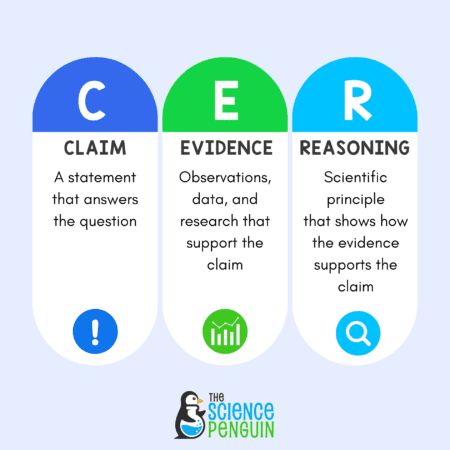
It’s time to roll up our sleeves and dig into the exciting world of soil! Teaching soil can be an absolute blast, and we’re here to help you make it fun, educational, and hands-on for your curious 2nd, 3rd, and 4th grade students.
So, grab your shovels and put on your explorer hats as we dig into five fantastic activities that will get your students excited about the ground beneath their feet!

1. Get your hands dirty
We believe in hands-on, inquiry-based learning here, so the very first thing we encourage you to do is let your students see (and touch!) different types of soil and rock they might find within our Earth. Groups of students are given soil, dirt from our schoolyard, and sand. Students work with their groups to sketch out and identify the characteristics of each sample. Then, we compare and contrast the three soil samples using our observations.
See It on TPT: Soil Labs in a Snap
2. Help them understand where soil comes from
Now that we’ve had a chance to explore the soils, where did they come from? Introduce your students to the concepts of weathering and erosion. Both of these processes result in soil formation. To help my students see this in action, show your students the first 2 ½ minutes of this video so they get an understanding of how larger rocks are broken down into smaller pieces, which creates soil!
3. Notebook about it
We love a good interactive notebook here! Now that we have some basic understanding of what soil is and how it’s formed, we talk about four types of soil. To make this engaging, students create a simple 4-fold interactive notebook entry for silt, clay, sand, and loam. Students are given a visual to help them “see” each type of soil, and we describe the four types of soil under each fold.
Find This on TPT (with 5 other Notebook Templates): Soil Interactive Science Notebook Notes Activities
4. Make a soil profile (with pudding!)
We’ve done this next activity two ways- choose what works best for you! We create a soil profile so students can visualize the different layers of soil.
First, we create a visual drawing of the five layers – humus, topsoil, subsoil, parent material, and bedrock – in our notebooks. Then, if you’d like, we make a yummy treat (which you can find in our Labs in a Snap)!
That good old-fashioned dirt pudding has a purpose here. Students can build their soil profile with Oreo (bedrock), oreo pieces (parent material), subsoil (vanilla pudding), topsoil (chocolate pudding), sprinkles (humus), and a gummy worm to represent the very necessary decomposer. Please be aware of food allergies if choosing to do this activity.
5. Experiment with water retention
Lab experiences are critical when it comes to science, and this one can take you outdoors if you choose!
Students are given four soil samples (we recommend gravel, sand, loam, and bentonite powder clay) placed in coffee filters and atop graduated cylinders.
Students pour 50 mL of water into each coffee filter. We measure how much water runs down into the graduated cylinder after a few minutes. While we wait, we spend time predicting what might happen and why using the Claim-Evidence-Reasoning model. (Tip: Your kids might need help defining retention). Once 5-10 minutes have passed and it looks like the water has stopped dripping, we take our measurements in our notebook.
Download The Plans Here: Soil Properties Observations and Retention of Water Experiment
Teaching soil doesn’t have to be a dry subject! By incorporating these hands-on activities into your lesson plans, you’ll spark curiosity and excitement among your students. Remember, getting a little dirty can lead to a lot of learning!
And there’s great news!!! We’ve got this all planned for you in our Soil Activities Pack on TPT. The activities mentioned above are all included, plus a few more. Have fun!
Sign up for the Free Resource Library
This is an exclusive library of 40+ science printables, labs, activities, and games for grades 3-6. Sign up with your personal email and check your email for immediate access.
-Mikey, 5th Grade Teacher and Science Penguin Blogger









